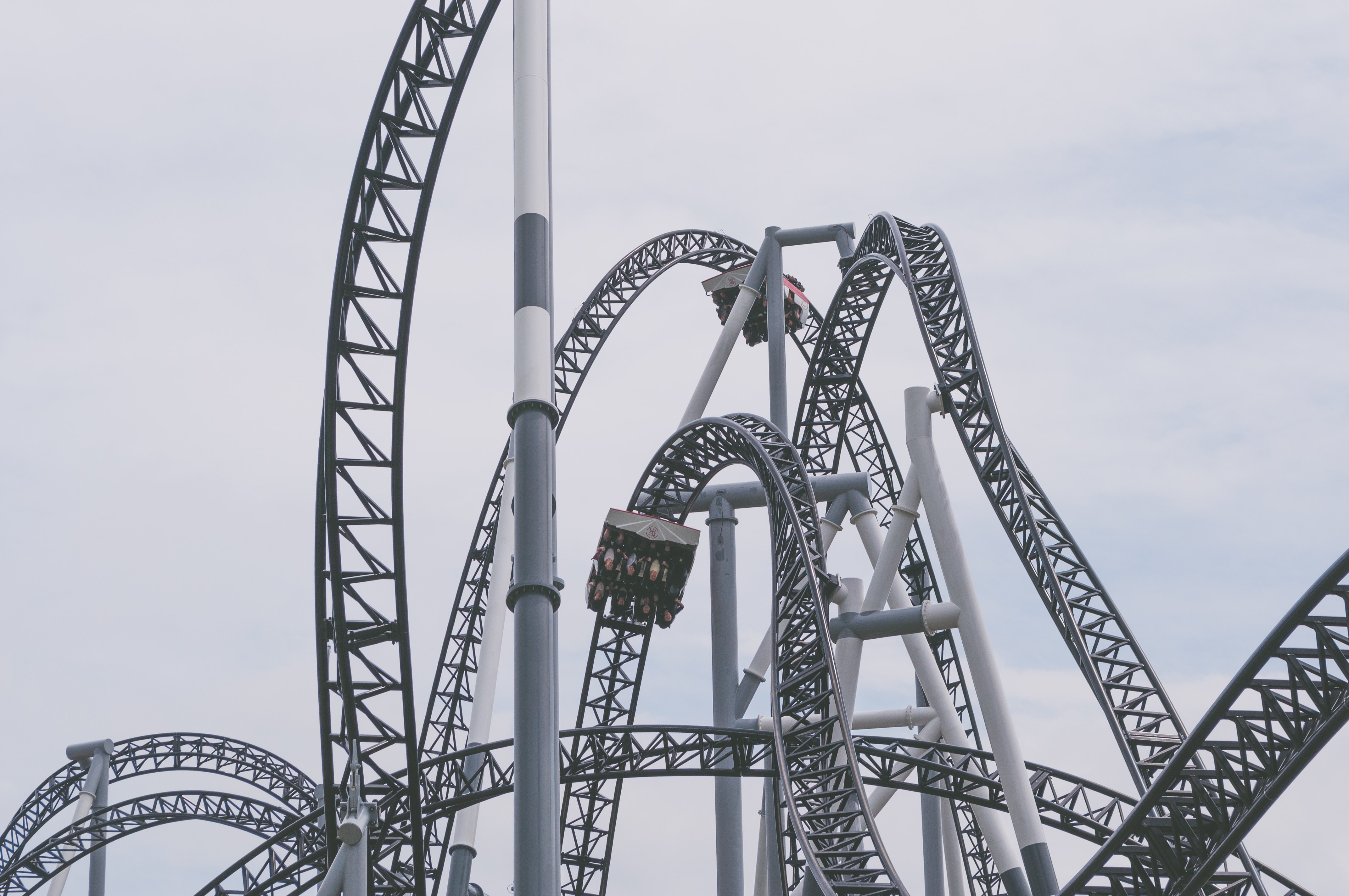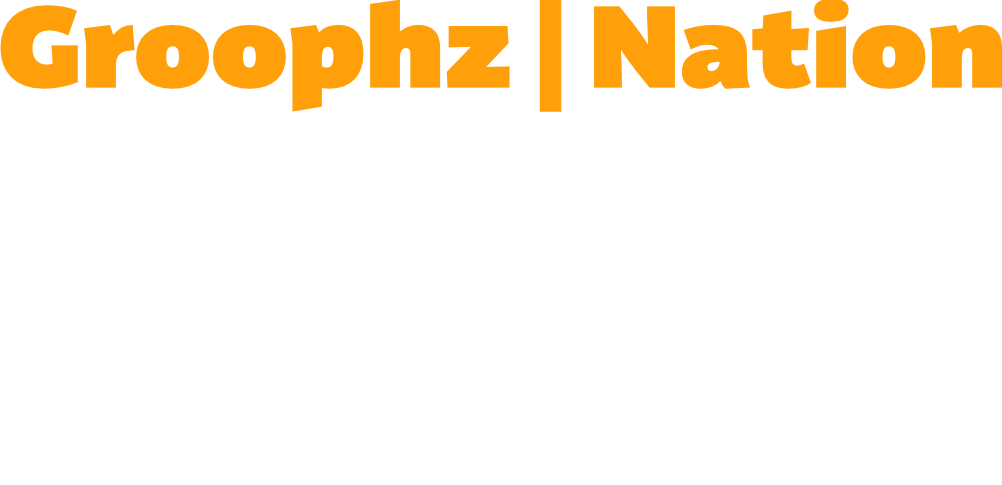
Future Art: Loops, Loops, Loops
Loops have accompanied me in beat and song production for over 20 years. They have a significant part in the fact that I can build songs that please the fans without any prior musical knowledge.
Is this cheating?
Still here and there the feeling arises that the effusively positive feedback of the fans does not match the effort I just put into a song. And that especially when some of my much more elaborate productions are given rather little attention.
In the end, have I merely helped myself to the performance of others and made no contribution of my own? Is the excessive success with my simple productions really justified? Well, if the fans only look at the result and the way there is not relevant for the fans, the question is futile. Apparently, a way has then been found that achieves a high level of success with little effort. And this is becoming more and more important in times of democratization in music production: to be able to produce quickly and well despite high competition, often to create new incentives for hungry fans.
Even if the use of loops makes a decisive contribution here, one must not underestimate what it takes to successfully build beats or songs with loops.
Working with loops is an art in itself
First of all, there is the right choice in the quality of the loops. Besides the audio quality, at least recorded in 24bit / 44.1 kHz, the musicality is especially crucial. Genre, speed, rhythm, key, chord progression are important, but how original or unique, maybe even different, is the loop?
Since the fans want to be surprised again and again, the loops must already be able to set the foundation here and there by already triggering an emotion when used unchanged. The combination with further loops that builds on this strengthens the foundation and allows variation or even a progression, to create a story.
In dance, the story of the song may not be as important, but the energy levels, the variation of ups and downs, comparably crucial. Here, each individual loop affects the overall result. This is comparable to arranging instruments or self-created vinyl-based samples. Selection and combination in the course of the song build up arcs of tension and make the fans' emotions dance.
The loop-based artist uses preserved playing variations of professional musicians, so she doesn't have to spend a lot of time working out necessary skills herself. But she still needs the feeling for the right combination of these loops, so that it becomes a useful whole. Sensitivity for rhythm, harmony and sound are important here.
Do I need to learn this?
Those who spend a lot of time with music already carry all this within themselves, intuitively decide correctly, possibly down to the smallest nuance. Beginners can first listen to their feelings. We all carry a basic understanding of rhythm and harmony within us. It can be determined by listening habits, but this also means that we cannot really evaluate every kind of music well. But for the more western style that dominates pop music, it works without much effort.
Rhythm and arrhythmic sounds can be recognized at the latest when dancing. Speed, grid and beat patterns can be identified by listening closely while moving. If you know the individual elements of a drum set or percussion instruments, you will be able to hear them more easily and thus evaluate more easily what weight, what influence they have on the rhythm.
The same applies to the interaction of drums and bass guitar. The bass connects the melodic part with the rhythm. So it contains both in itself. What is interesting about rhythm is the influence that the interplay of drums and bass have on the groove.
The groove is the part of the song that makes you spontaneously bob along or immediately pulls you onto the dance floor. In dance, that's super important. So if you want to check if your combination of drums, percussion and bass is really grooving, watch yourself or friends doing what it does to the body when the song is heard. If the groove is there, you can't resist it.
With melodies, the matter of picking out suitable harmony may be a bit more difficult. When you combine loops here, the key should match. Don't forget the bass. If you start with drums and bass, then all melodic instruments should follow the key of the bass.
My own sound
Although often discussed as important, it remains difficult to invent or even define an own sound. But there are some influencing factors that favor an intuitive emergence, if you give the space to unfold. Ultimately, it's about discovering what you already have inside you without really being able to see it right away. The good feeling of producing is the carrier of this knowledge. If you trace this, as uninfluenced by the outside as possible, you can gradually recognize what your own sound could be.
For my part, I don't really think about what my own sound is. I call it elevator funk, but for me it just describes the way I go about producing, namely intuitively: the selection of loops, their combination at different song lengths, the use of manipulating effects, the plug-in chains or situational decision-making when mixing and mastering. Even though you might hear that out in the result (the sound), for me it's more the path (the sound creation) that's relevant. And all that varies, of course.
